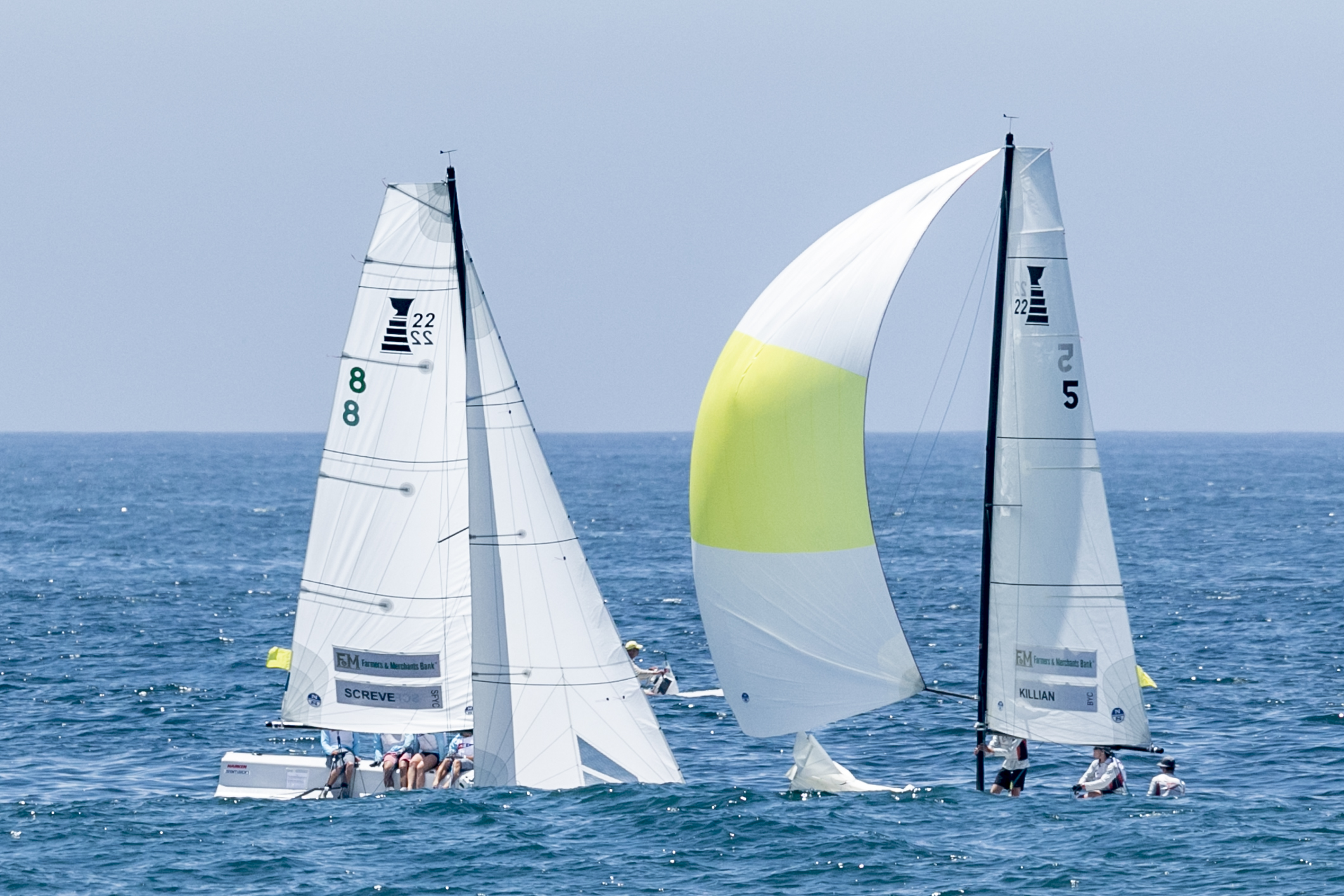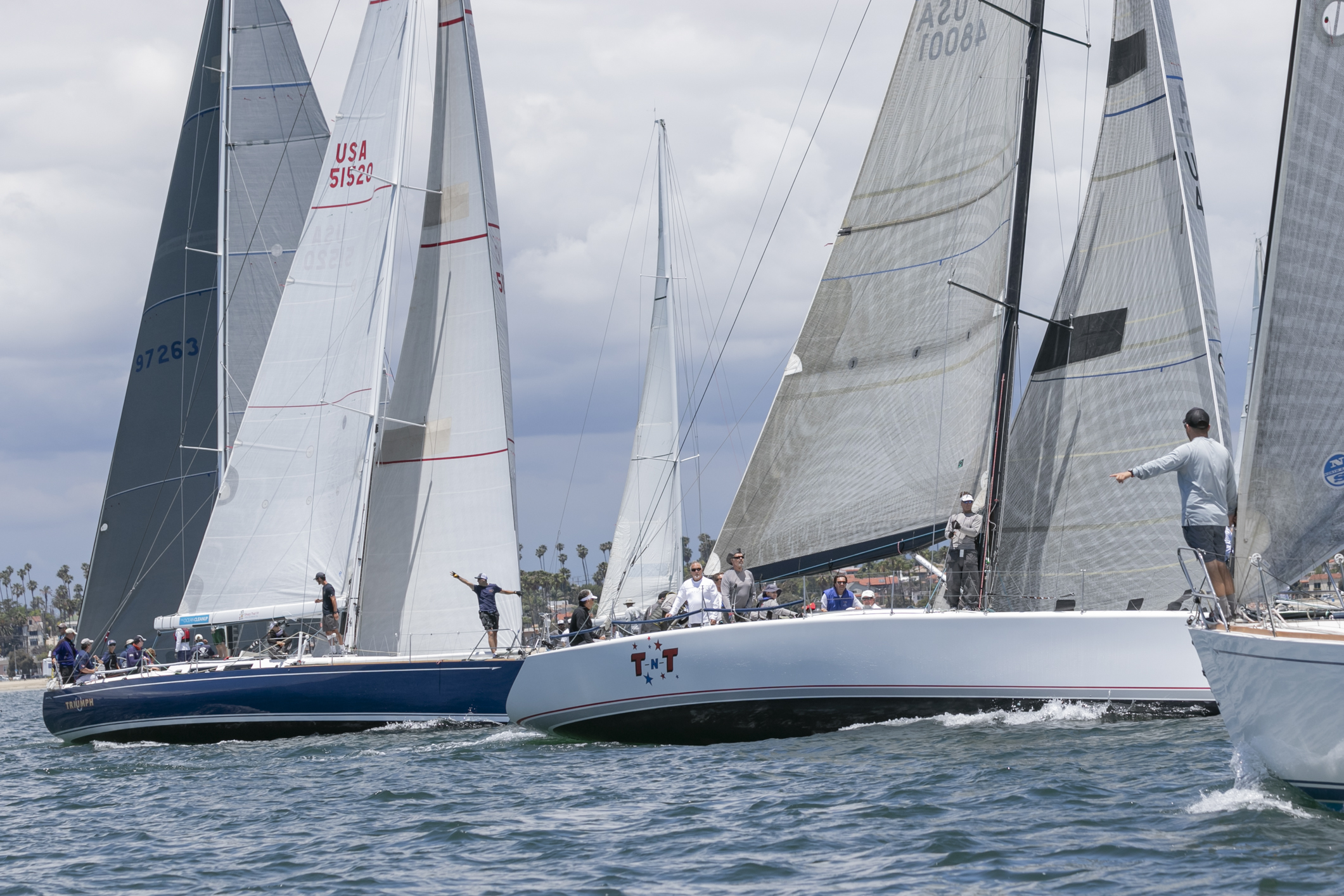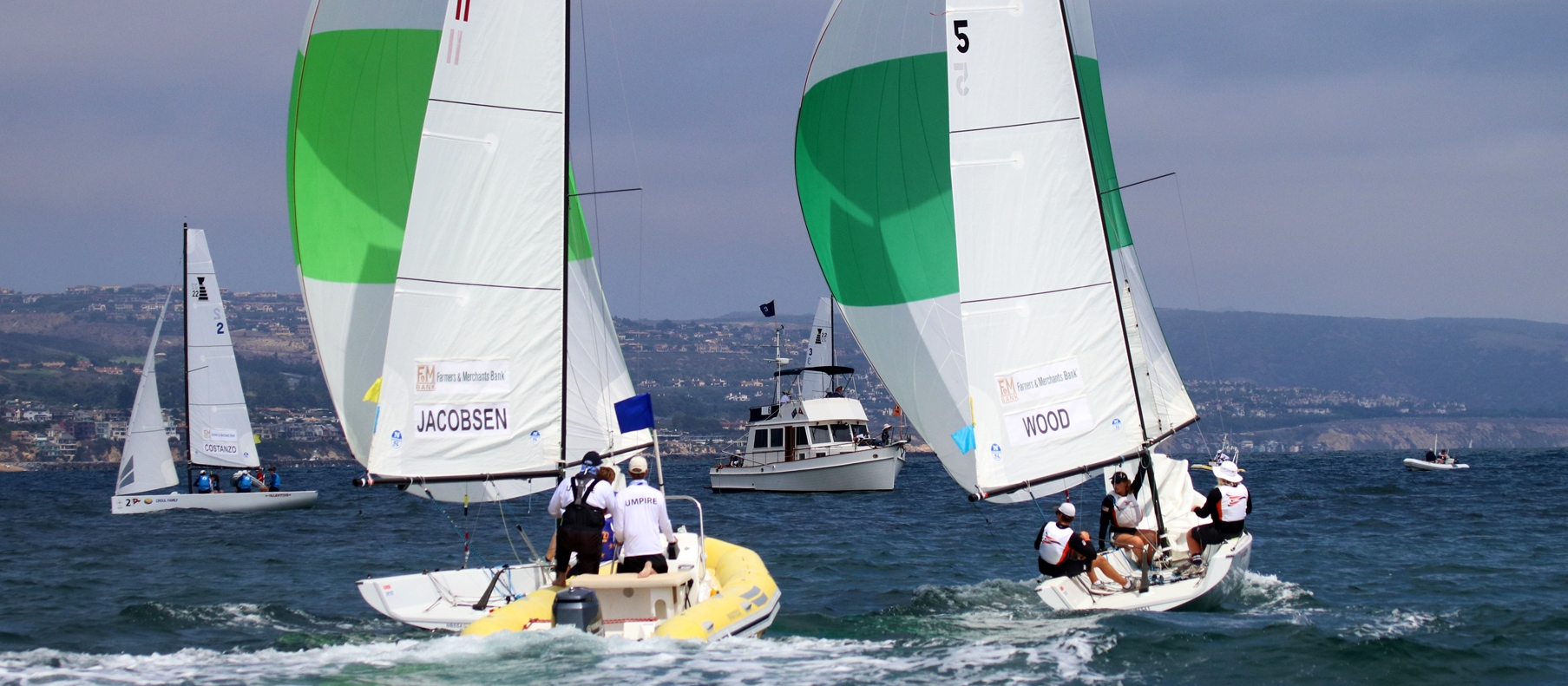Ahoy!
I really thought about how important time is to navigation, after reading Tom Johnson’s column, “Time Out in CdM,” in last week’s Newport Beach Indy about the clock displaying an hour off on the Indy’s building.
I am referring to timekeeping by a clock versus the other meaning of you having the time to go boating, which is a whole other column in itself.
Time is so important for navigation that I set my watch by the atomic time, and always double check the time being displayed on the yacht’s electronics. Yet, give me compass and a chart, and like any skipper worth his salt, I can get you to your destination.
However, I cannot imagine how the ancient explorers were able to navigate without an accurate chart, compass, and a watch for time. The explorers not having time or a chart probably are the main reasons that America was discovered in the first place. If you have cruised Desolation Sound in the Pacific Northwest, then you will remember how all the islands and channels appear to look identical as you weave your way through.
Keep in mind, without time we would not have speed, nor would we have GPS (Global Positioning System), and finding longitude would be challenge. The distance a boat travels per unit of time is the speed of the vessel, and this is very important to calculate how much fuel you are burning an hour so that you can determine if you have enough fuel to reach your destination. Additionally, speed allows you to calculate your estimated time of arrival (ETA) listed on your float plan to your destination.
Plotting your destination by GPS would be impossible without very accurate time, and the satellites are equipped with atomic clocks. Essentially, GPS works by all the GPS satellites transmitting their location at the same instant to the GPS receivers. The receivers lock on four or more satellites, and each signal will arrive at a slightly different time due to the different distances of the satellite from the receiver.
Then your GPS receiver will calculate the distance from each satellite by amount of time it took to receive the data signal that travels at the speed of light. With this information and a built-in database of the satellites’ locations, the GPS units triangulate the exact position of your boat, car, or handheld unit.
If the time is inaccurate by only a few nanoseconds, then your reported position can be miles off, and your boat can be on a course to Hawaii instead of Avalon, and you will have a fuel problem for that 2,200 nautical mile distance.
I will save how to calculate longitude until another column, but Newport Harbor’s entrance buoy is floating at approximately 117 52.600 West. However, you can see how important time has become in our lives, and I cannot believe that it is already time again for Thanksgiving.
Which means it is time once again to release the holiday shoppers the day after the feast, and it is time to bring out the holiday decorations for both your boat and home. Also, Thanksgiving weekend is usually a great time to go boating, and I regularly see families out cruising the harbor with their visiting relatives.
While cruising the harbor, this is your perfect opportunity to practice the Newport Beach Christmas Boat Parade’s route in daylight hours to master maneuvering the turns and to learn where the floating buoys and mooring cans are located on the route. You can print a parade map at ChristmasBoatParade.com.
Tip of the week is do you know how to drop your anchor in the dark without using the windlass, and without wasting any time? You are enjoying the boat parade when all of a sudden your engines surge then shutdown, the electrical power goes out, and steerage is zip. Now, you are floating uncontrollably down the harbor, and directly ahead is a mooring field filled with boats. The current and wind are making you pick up speed, and you frantically are spinning the helm to no effect.
However, you practiced and planned ahead, so you simply drop your hook – for you landlubbers, the anchor! The anchor snags in the bay’s muddy sea floor as you slowly quit letting out the anchor rope bringing the boat to a smooth stop moments before smacking into a moored boat.
Most powerboats will not have steerage without engine power, however, sailboats will have some steerage due to their keel, centerboard, or leeboard. You need to plan ahead to keep out of trouble and make your voyage pleasurable for you and your guests.
And don’t forget: Tune in to the No. 1 boating radio talk show in the nation, Capt. Mike Whitehead’s Boathouse Radio Show, broadcasting coast-to-coast on the CRN Digital Talk Radio syndicated network every Saturday at noon, Pacific Time. Join Chandler Bell and me as we talk about “all things boating.” You can find the station listings, cable TV channels, live streaming on the Internet, and now available are apps to listen to the show for your iPhone, Blackberry, iTouch, Android, Palm, and Windows Mobile at www.BoathouseTV.com or www.BoathouseRadio.com.
Until next week, Safe Voyages!




